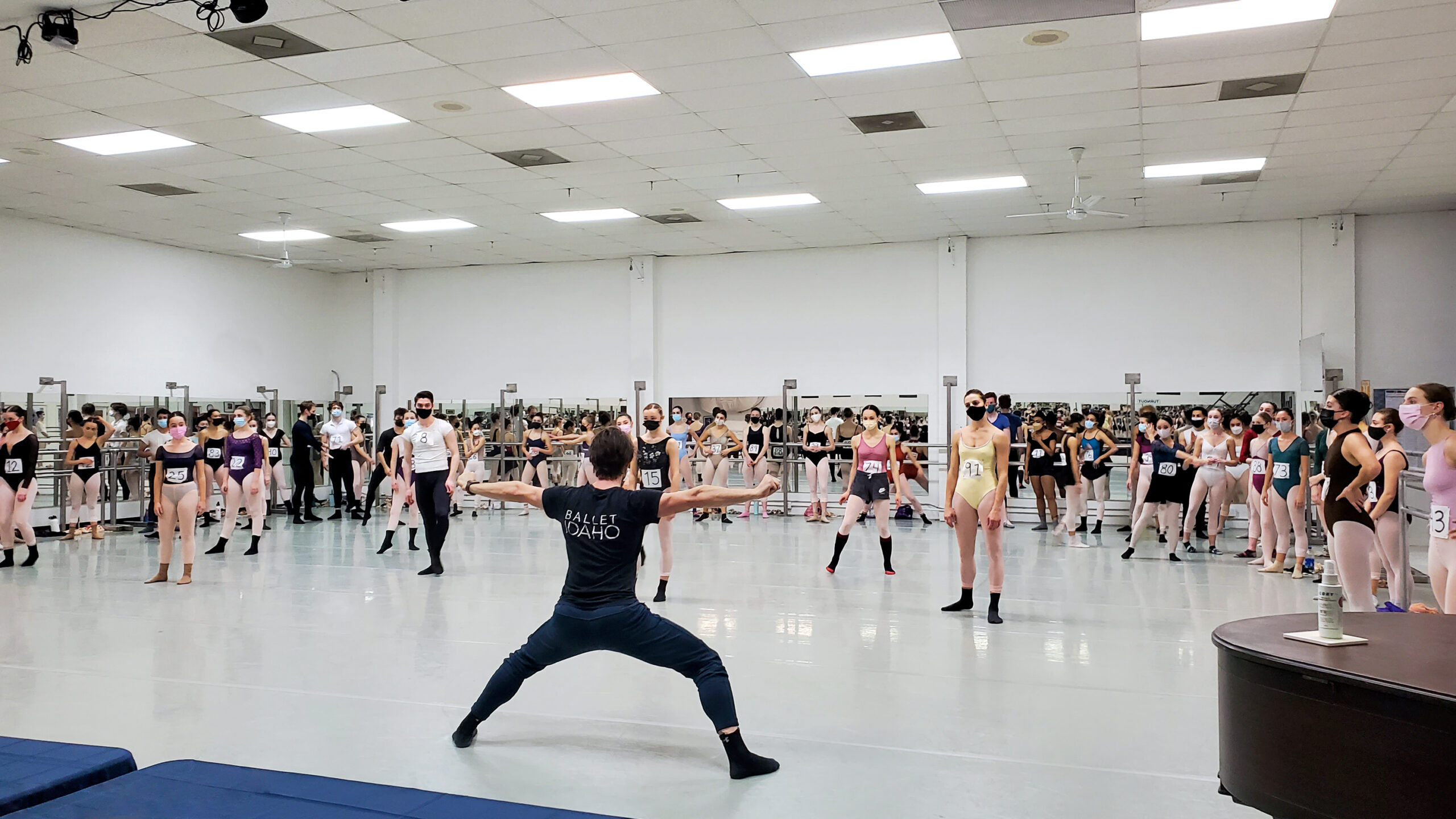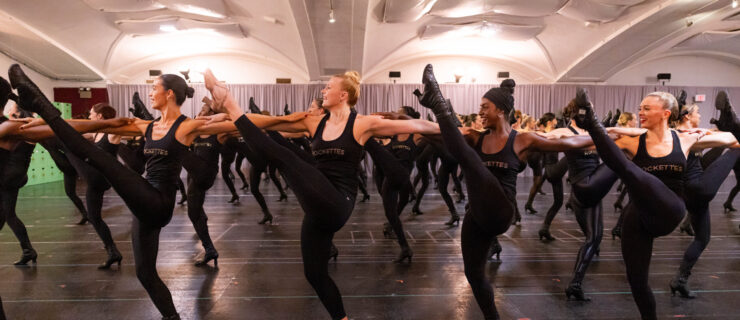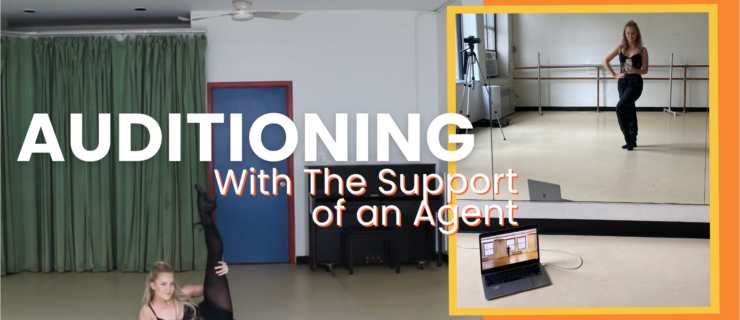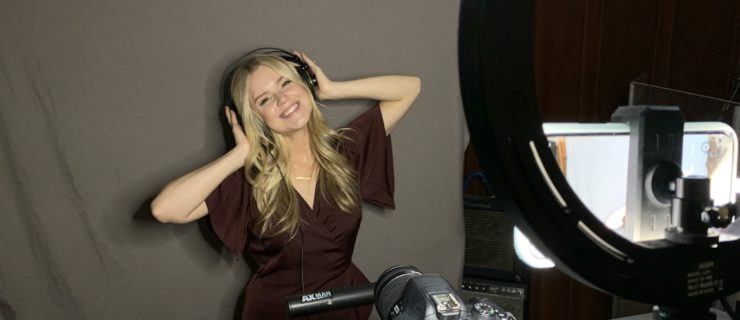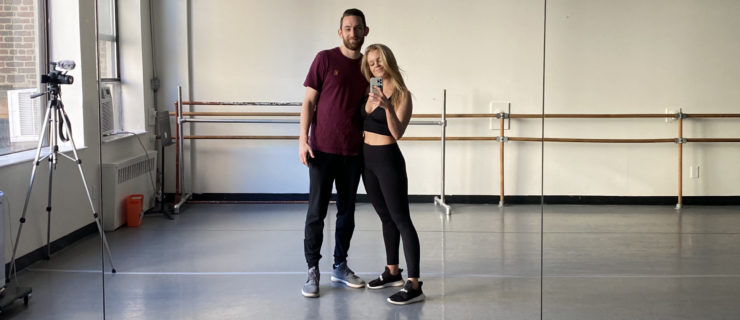Has the Pandemic Changed Auditions Forever?
On the topic of auditions, dancers tend to be split: Some feel they do their best dancing in the high-pressure, fast-paced environment of an open call, while others feel exactly the opposite. Choreographers and directors sometimes struggle with large auditions as well. After all, a few hours isn’t really enough time to get to know each dancer. Longer audition workshops—while allowing everyone more time—can also have major drawbacks. Few dancers can afford a long, unpaid commitment, and many companies even ask dancers to pay for these workshops.
During the early days of the pandemic, however, the audition process was turned on its head. Traditional, in-person open calls were too much of a risk, so, instead, directors relied heavily on video submissions. In many cases, auditions were conducted entirely online. While this came with certain challenges for dancers—such as finding an appropriate space to dance in—many preferred this format, which was more flexible and gave them more time to master material at their own pace. Even as in-person auditions make a comeback, they don’t quite look the same as they once did.
The Self-Tape Revolution
Right before the pandemic, Joey Kipp, who had primarily been a concert dancer, accomplished a major career goal: He signed with a manager and started to pursue more commercial work. Kipp, who is Black, says his goal was seven years in the making, and that he had encountered racism and body shaming along the way. Enter the pandemic—and an end to in-person auditions. Self-tape auditions, a longtime practice for booking theater and commercial gigs, became more widespread across genres.
Thanks to habits he adopted in the early days of the pandemic, Kipp was well-positioned to book work through video submissions. When in-person classes were placed on indefinite hiatus, the Merce Cunningham Trust started offering Cunningham technique classes on Instagram. Kipp regularly took these online classes; afterward, he spent an hour practicing phrases, filming his dancing and uploading the videos to Instagram. This practice paid off: Kipp was offered consistent work in the commercial and concert realms through self-tape auditions. He didn’t audition for a gig in person again until August 2021.
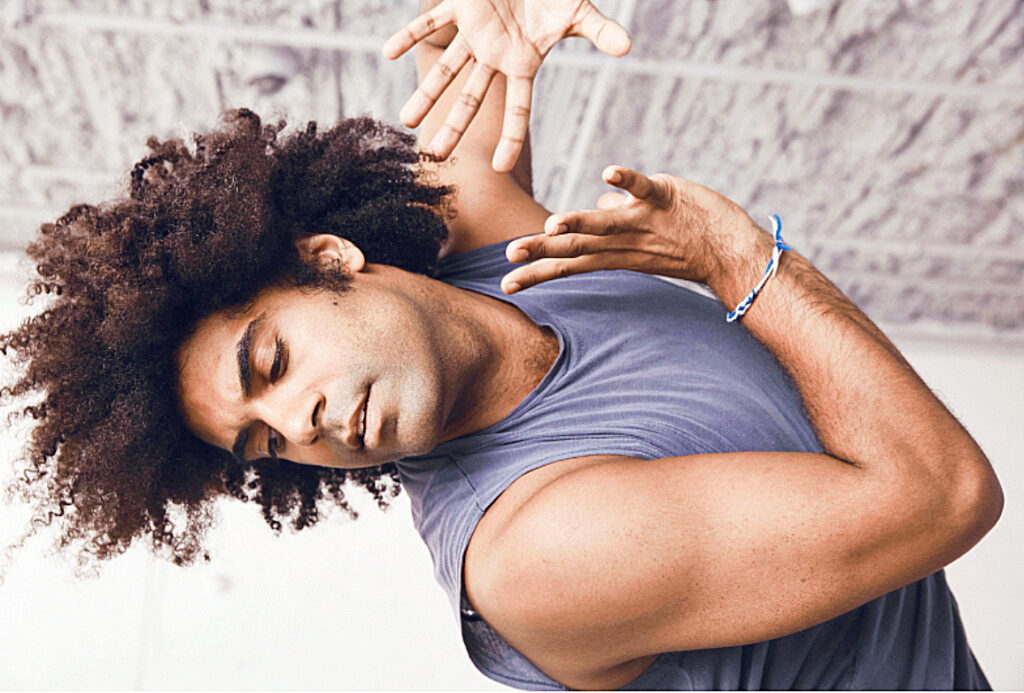
Kipp cautions that there can be drawbacks to auditioning via video. Notably, it can be easy to procrastinate. “Psychologically, it is harder for me to initiate the process of doing a self-tape,” he says, which can involve finding and renting an affordable space. “But I do feel like I’ve gotten a lot more work because of it.” It can also be harder to get the true sense of a project without auditioning in person. “Sometimes you can gauge whether there’s that magic happening in the room or not,” says Kipp. On the flip side, self-tape auditions can ease some of the emotional challenges of the process. For example, it eliminates the crushing experience of showing up and being cut based on “look” alone, or being cut within the first few minutes of an audition.
While Kipp acknowledges that self-tape auditions still require resources, like access to a good camera, a computer and space to dance, he says that, overall, he believes the rise in self-tape auditions has opened up opportunities for more dancers: “I feel like more people of color, trans people, disabled people and people that live outside of New York have been able to get jobs all over the country and internationally.” As in-person auditions become more common, Kipp says, many directors are still asking dancers to submit materials beforehand, to narrow down the in-person pool. Kipp prefers this hybrid model: “I don’t think I’m ready for open calls.”
Combination Auditions
Since 2016, the Grand Audition has offered dancers the opportunity to audition for 10 ballet companies (most of which are based in Europe) in one place. More recently, this concept of making auditions more convenient for dancers seems to be catching on in the U.S., as well. The International Association of Blacks in Dance holds a weekend of auditions for professionals and students attended by prominent ballet company and school directors. Youth America Grand Prix, which already functioned as an opportunity for ballet dancers to be seen by top schools and companies, now holds a job fair that serves as an audition for multiple companies. And for the second year in a row, Ballet California held a National Master Audition in December, offering dancers the chance to audition in person for directors from multiple companies.
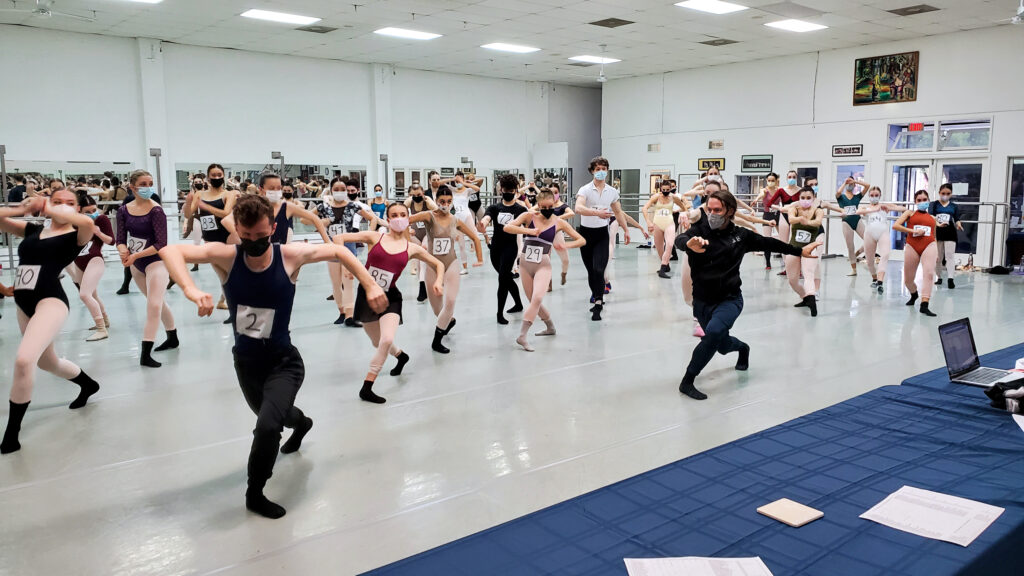
“I’ve watched dancers go on audition tours, which are so expensive and take so much time,” says Ballet California co-artistic director Diane Lauridsen. “I’ve seen people spend $10,000 on an audition tour, and not everyone can do that. Plus, it’s hard for dancers to get to auditions when they’re in school or in a company, and sometimes directors hire a lot of people and other times they don’t.” All this expense and unpredictability inspired Lauridsen to try to create a better system: a multiday audition where dancers can be seen by the directors of several midsize companies all at the same time. On the first day, directors watch dancers in class. There are no cuts during class. Dancers called back for subsequent days have the opportunity to learn repertory from the various companies, and some are asked to show prepared variations. The first year, says Lauridsen, eight company directors participated, and several dancers were hired or received scholarships or traineeships. Following that success, 10 directors participated the next year.
Lauridsen believes there’s value to auditioning in person. “I remember hearing a director say about one dancer that after looking at her tape, they weren’t interested. But after seeing her dance in person, they hired her,” she says. “I also think it helps people connect with companies they might not have thought of.”
In addition to saving money and time, a single combination audition—as opposed to a long tour involving lots of travel—can also help dancers minimize their chances of catching COVID-19. There is one major drawback, however: The Grand Audition in Europe, Ballet California’s Master Audition and YAGP’s virtual competition all cost money to be a part of. This can be a significant barrier, particularly for dancers from low-income backgrounds. Investing in these models, and making them more accessible, would be a powerful way for major dance companies to show a commitment to diversity. Lauridsen says that Ballet California uses the fees to fly in company directors and house them, and also provides resources to dancers, including resumé guides and deals on hotel rooms.
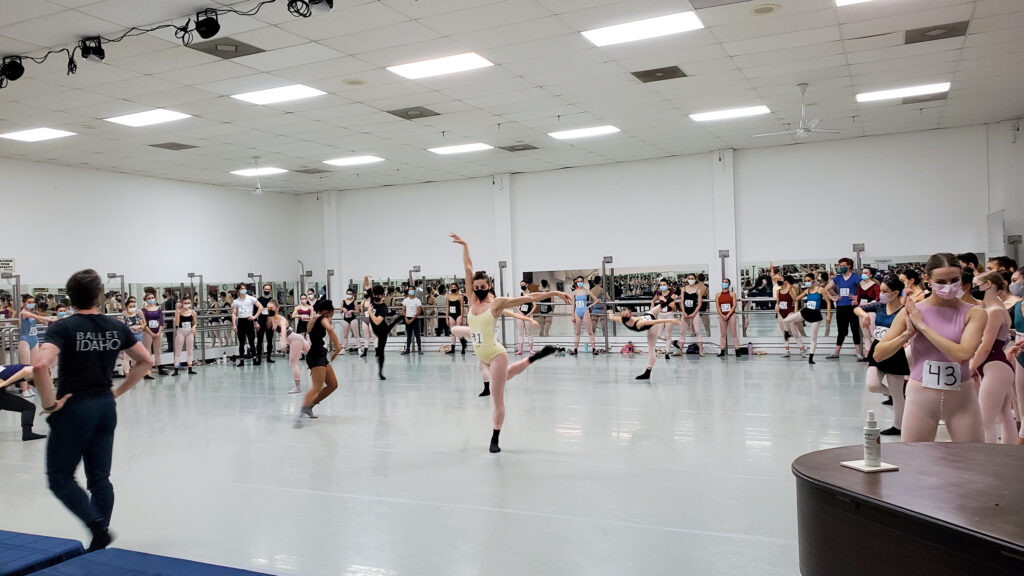
Lingering COVID Concerns
In fall 2022, Actors’ Equity Association announced that it would reopen its audition centers in New York City, Chicago and Los Angeles and return to required in-person auditions in 2023. The union had previously given the go-ahead to individual employers to begin holding in-person auditions earlier in 2022. Some dancers have mixed feelings about the return to open calls. After all, it’s one thing to risk getting sick at work; it’s quite another to risk getting sick just for the possibility of work. But others have been excited to get back to a format that feels familiar.
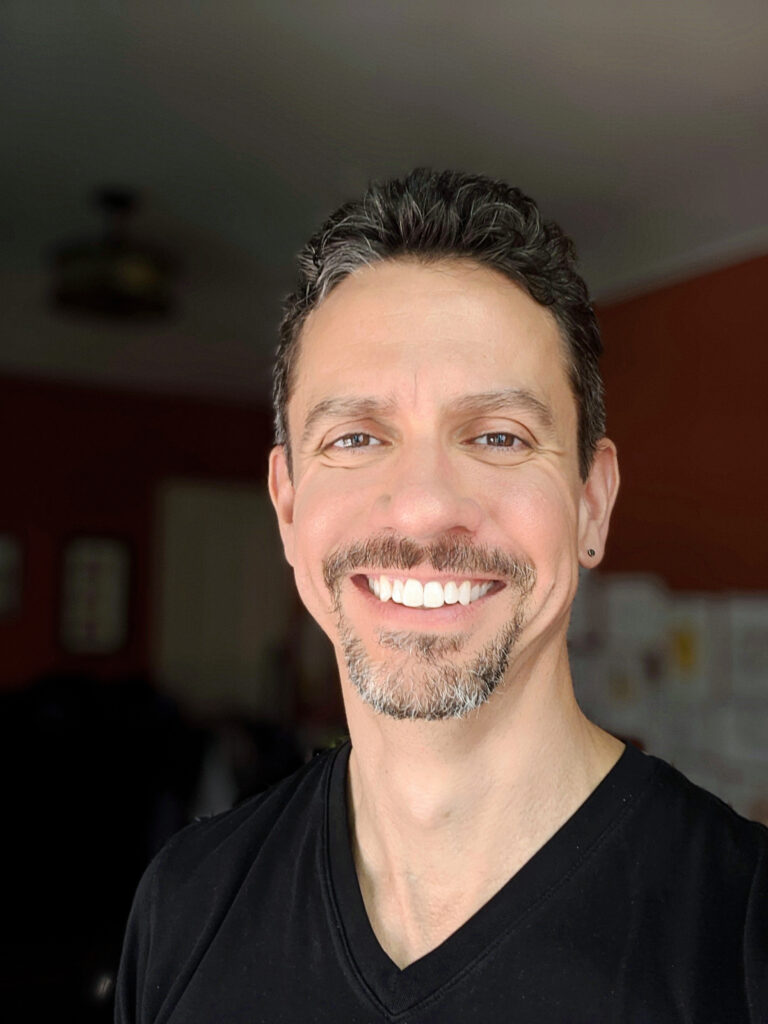
Griff Braun, national organizing director at the American Guild of Musical Artists (AGMA)—the union that represents dancers at New York City Ballet, Alvin Ailey American Dance Theater and numerous other dance companies—says that so far, most AGMA signatory companies have worked collaboratively with the union to implement safety protocols that evolve based on the COVID risk level in their particular area. Though AGMA doesn’t hold group auditions at its own facilities like Actors’ Equity, it has worked with the Stage Directors and Choreographers Society to create return-to-work COVID guidelines, which include best practices for auditions. “Many of our companies have been quite conscientious about these things,” he says. “They don’t want to shut down their workplaces.”
For Kipp, who is immunocompromised and has an elderly mother, going back to in-person auditions still gives him pause. “I always have to take that into account,” he says. “It’s not just about how I feel, but it’s about how my practices are affecting other people.”
